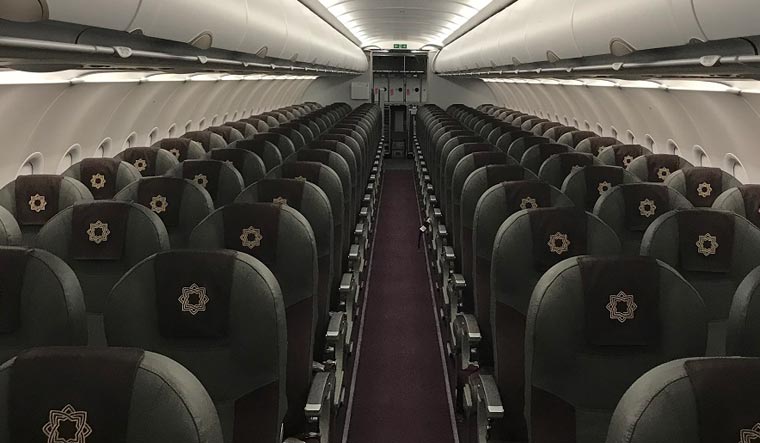Contrary to widely held beliefs, a recent study has cast doubt on the effectiveness of several common "hacks" for securing cheaper airline tickets. Strategies such as booking on a Tuesday, employing incognito mode in web browsers, or using virtual private networks (VPNs) to appear as if you're in a different country were found to have negligible impact on ticket prices.
This research sheds light on the intricate world of airline pricing, challenging conventional economic wisdom. A deeper comprehension of the pricing strategies employed by airlines can empower consumers to navigate the ever-evolving landscape of air travel more judiciously.
The study, spearheaded by Olivia Natan, an assistant professor of marketing at the Haas School of Business, and her team of researchers, has unearthed fascinating insights into the mechanics of airline pricing. Published in The Quarterly Journal of Economics, the study not only questions established assumptions but also exposes surprising practices within major U.S. airlines.
Natan and her colleagues from renowned institutions such as the University of Chicago, Yale, and the University of Texas at Austin, delved deeply into the pricing framework of a major U.S. airline. Their findings not only astonished but also shook the foundations of prevailing economic theories.
A pivotal revelation from the research is that airlines do not account for consumer substitution when setting prices for different flights on the same route. While consumers often choose flights balancing convenience and price, airlines do not factor this substitution effect into their pricing. Consequently, prices for individual flights are set independently, disregarding the influence of price changes on consumer choices.
Moreover, the study unveils that airlines do not directly integrate competitor prices into their automated price-setting systems. In a competitive market, one might expect airlines to adjust their prices in response to a competitor's price reduction. However, the study disclosed that airlines rely on a pricing heuristic known as Expected Marginal Seat Revenue-b (EMSRb). This allows them to swiftly set prices for thousands of flights daily, apportioning a portion of seats for sale at higher prices without considering their competitors' pricing strategies.
Another surprising discovery is that airlines operate with a limited range of pre-set prices for each flight. In contrast to other industries where prices can be adjusted down to the penny, airlines maintain significant gaps between possible prices, often exceeding $100. For instance, the initial 30 economy tickets may be sold at the lowest price, followed by the next 30 at a higher cost, and so on.
Natan elucidates that this pricing structure is an outcome of the global distribution systems used by airlines. These systems ensure uniform prices across various channels and emerged as a means of effective inventory management.
Traditionally, airlines have adhered to a discrete pricing model, characterized by substantial price increments instead of real-time adjustments. However, a novel approach called "continuous revenue management" is gaining ground among some airlines. This method involves assigning multiple price points to each flight, potentially leading to more fluctuating pricing. Nevertheless, even this approach falls short of the presumed pricing precision held by many consumers.
One of the most captivating revelations from the research pertains to the pricing process itself. According to economist Natan, it would be logical for companies to raise prices if it guaranteed higher revenue. However, the study found that the pricing team often includes options priced below their own internal estimates. This seemingly contradictory behaviour challenges economic principles.
The pricing team grapples with creating a menu of discrete prices, yet the research suggests that they could potentially generate higher revenue by selling fewer tickets at higher prices. Regrettably, they frequently fail to harness their internal demand forecasts when selecting price options. Interestingly, the revenue management team intervenes to rectify underpricing issues by inflating demand predictions, thus reducing the number of underpriced tickets, thereby safeguarding the airline's revenue.










